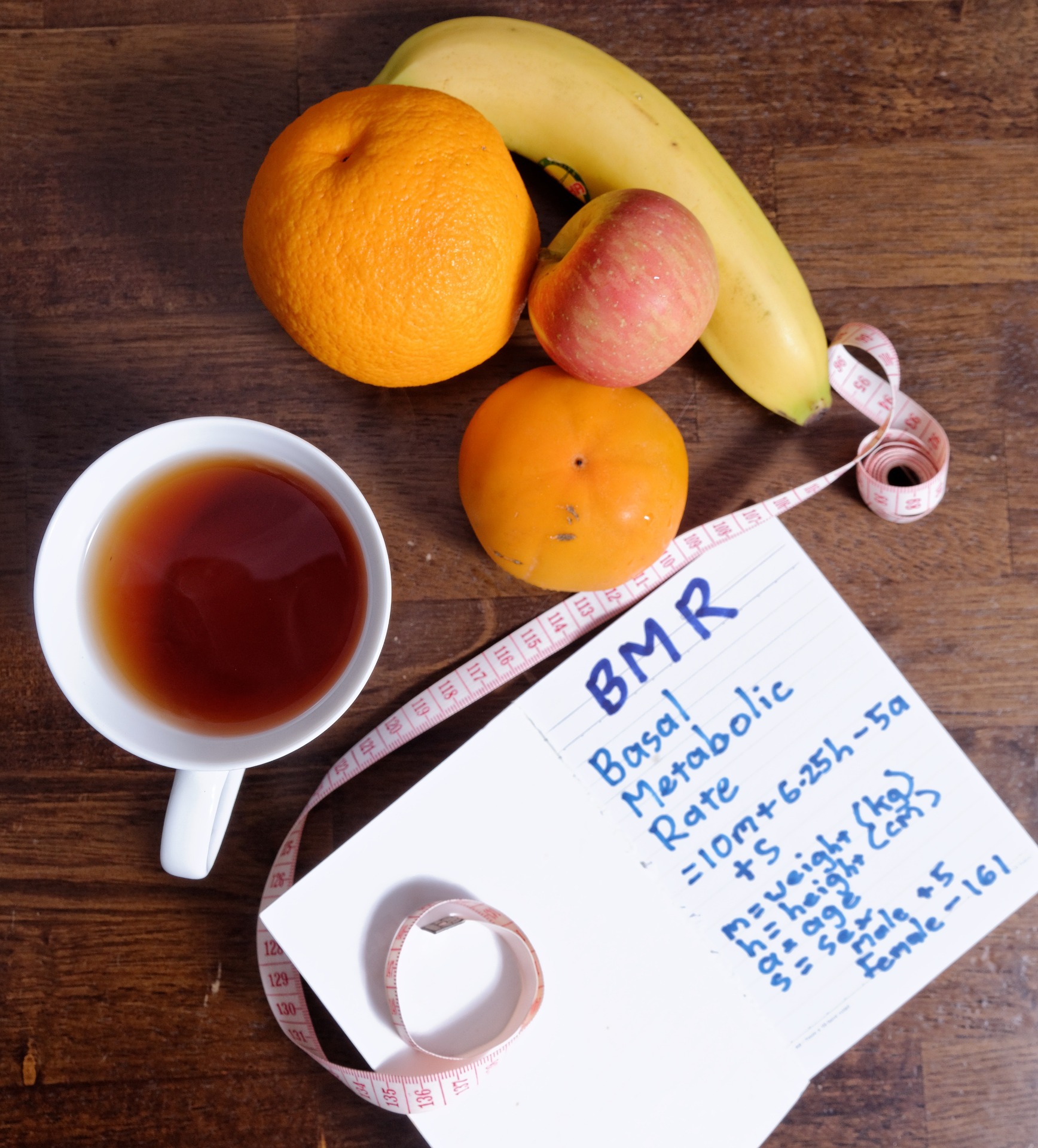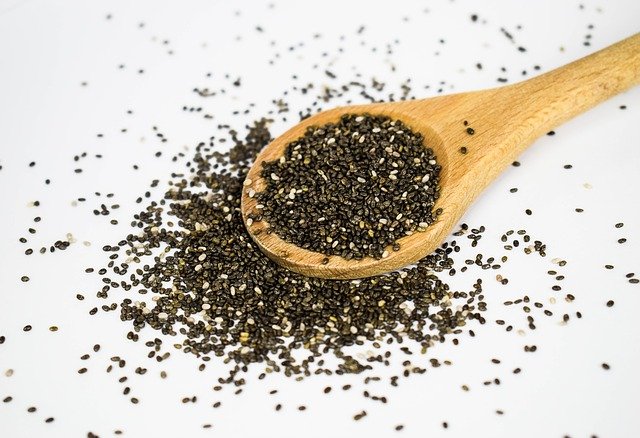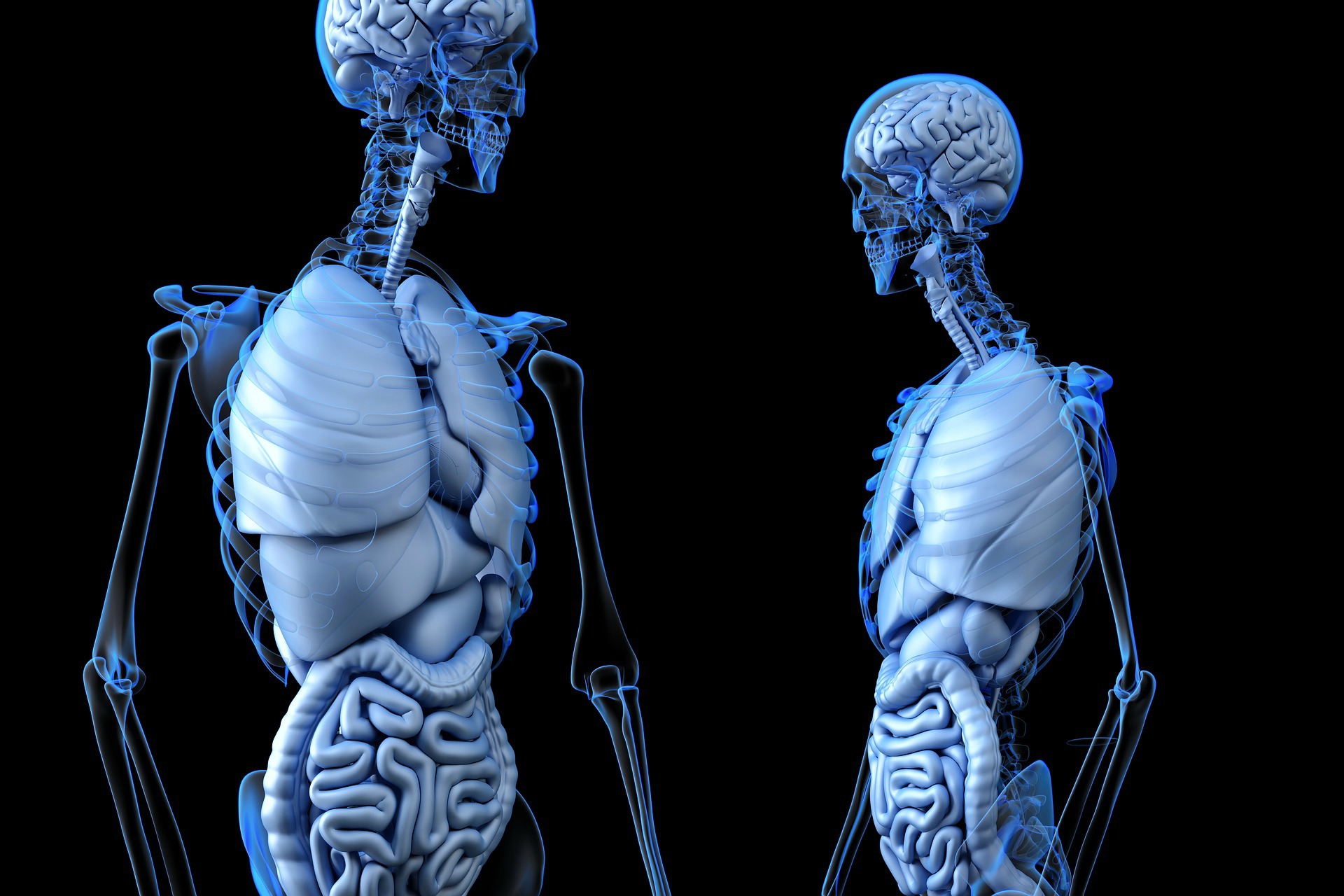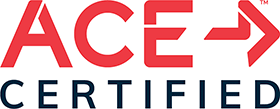Vitamin D – The Basics – What's Your Status?
By Dr. Robert Curtis
(Doctor of Chiropractic, Certified Medical Examiner (U.S. Dept. of Transportation), A.C.E. Certified Health Coach and Fitness Nutrition Specialist)
Published: 11/1/19 (updated 3/7/20)
Time crunch? Save this page for later with Pocket, Instapaper, or Evernote.
Vitamin D is a key nutritional factor that our bodies are able to produce from our skin's exposure to sunlight.
Vitamin D is also found in plant-like foods (mushrooms for example), animal foods (typically fatty fish), and otherwise provided in our food supply in the form of fortified foods, and supplements.
It is a fat-soluble nutrient and thus is able to be stored for later use, as opposed to water-soluble nutrients of which anything beyond what is immediately needed, is typically excreted in the urine, vitamin B12 being an exception.
Like most vitamins, vitamin D has many roles in proper health functioning and promotion in the body.
In this article I’ll go over three main points about Vitamin D.
First, I’ll discuss vitamin D’s different forms.
Secondly, I’ll get into what exactly is defined as deficiency, with the understanding that it’s among the most common deficiencies, and go into detail about the latest on sufficiency.
And finally, I'll elaborate on the three primary ways of obtaining vitamin D and how much the science indicates we should be getting.
By the way, vitamin D has been the most studied single vitamin over the past couple of decades [1] – though it’s actually more accurately described as a hormone – I’ll get into that more in the next section.
Side note: Click here to see my companion article, Vitamin D – And Your Health, for more on its relationship to various health systems and conditions.
 The sun induces the creation of Vitamin D in our bodies. (image source at end of article)
The sun induces the creation of Vitamin D in our bodies. (image source at end of article)The Body Vitamin D Path
Vitamin D (calciferol) isn’t “active” in our bodies – accordingly, a conversion to an active form is necessary.
This begins with cholesterol being activated by UVB rays of the sun as they penetrate our skin.
This initial form then goes onto the liver where it’s converted into 25(OH)D (calcidiol).
Then, that is converted into 1,25(OH)D (calcitriol) in the kidneys – the now active form of Vitamin D.
New research also shows that this activation of 25(OH)D (calcidiol) into 1,25(OH)D (calcitriol) happens in the bones, too.
And it's this path from the skin to conversion into another form to act on other parts of the body that essentially make Vitamin D functionally a hormone.
The amount of vitamin D that we need and how we get it
To achieve enough vitamin D in the blood, measured as 25(OH)D (described in the following section, Deficiency of vitamin D, and sufficiency), sufficient sun exposure is the primary method for producing – actually activating – necessary amounts of vitamin D.
However, in the instance of insufficient or total lack of sun exposure, provisioning of vitamin D by fortified foods and or supplementation is available.
Concerning sun exposure, it is recommended to get from 5 on up to 30 minutes, during the time window from 10 am on through 3 pm, at twice a week as a baseline, with that exposure occurring to arms or legs, face, or back, minus sunscreen protection.
In instances of inadequate sun exposure, in relation to vitamin D from foods and supplements, in the US, the National Institute of Health, and Canada, Health Canada, have set the same target daily amounts. It's what's known as the Recommended Dietary Allowance, commonly referred to as the RDA, that describes an amount to provide 97-98% of the population with adequate daily intake.
The recommended amounts, by age, are (1 mcg = 40 IU):
- For infants, under age one: 10 mcg or 400 IU
- For persons aged 1 through 70: 15 mcg or 600 IU
- For persons aged 70 and older: 20 mcg or 800 IU
Additionally, overall, studies have shown that without fortified foods and or supplementation, Americans and Canadians may come up short. [2, 3]
Of course this is of more concern if a person does not, or cannot, get enough sun exposure or chooses to minimize sun exposure.
Deficiency of vitamin D, and sufficiency
Vitamin D deficiency has been described by some researchers as being a “public health concern” and “global problem” as it's so common.
The 25(OH)D form is the what is measured on blood tests and anything below 30 nmol/L is considered deficiency.
Consensus points to ideally having at least 50 nmol/L (20 ng/L). [4]
Overall, research has demonstrated that the amount of the population not getting enough vitamin D ranges from a low of 30% to a high of 80%. [5]
From low to high, the following range classification applies:
Deficiency = <30 nmol/L
Insufficiency = 30-50 nmol/L
Adequacy = 50-125 nmol/L
High = 125+ nmol/L
It is also important to note that though intake may be sufficient, absorption may be poor or there could be a situation such as a kidney issue that's preventing formation of the active form, 1,25(OH)D, from the "previtamin" form.
Overall, those more likely to have vitamin D deficiency are:
- Indoor trained athletes and people getting insufficient sun exposure [6]
- Darker skinned people
- Older adults [7]
- Woman who are pregnant and lactating along with infants that are breastfed [8]
- People who have digestive conditions inhibiting absorption (e.g. celiac disease, irritable bowel syndrome, and similar) [9]
- Obese people
- People who have had a surgical gastric bypass
The higher end of the sufficiency range, of up to 125 nmol/L, are posed based in part on study results noting that, ancestrally, humans had levels of a bit above 100 nmol/L. [10]
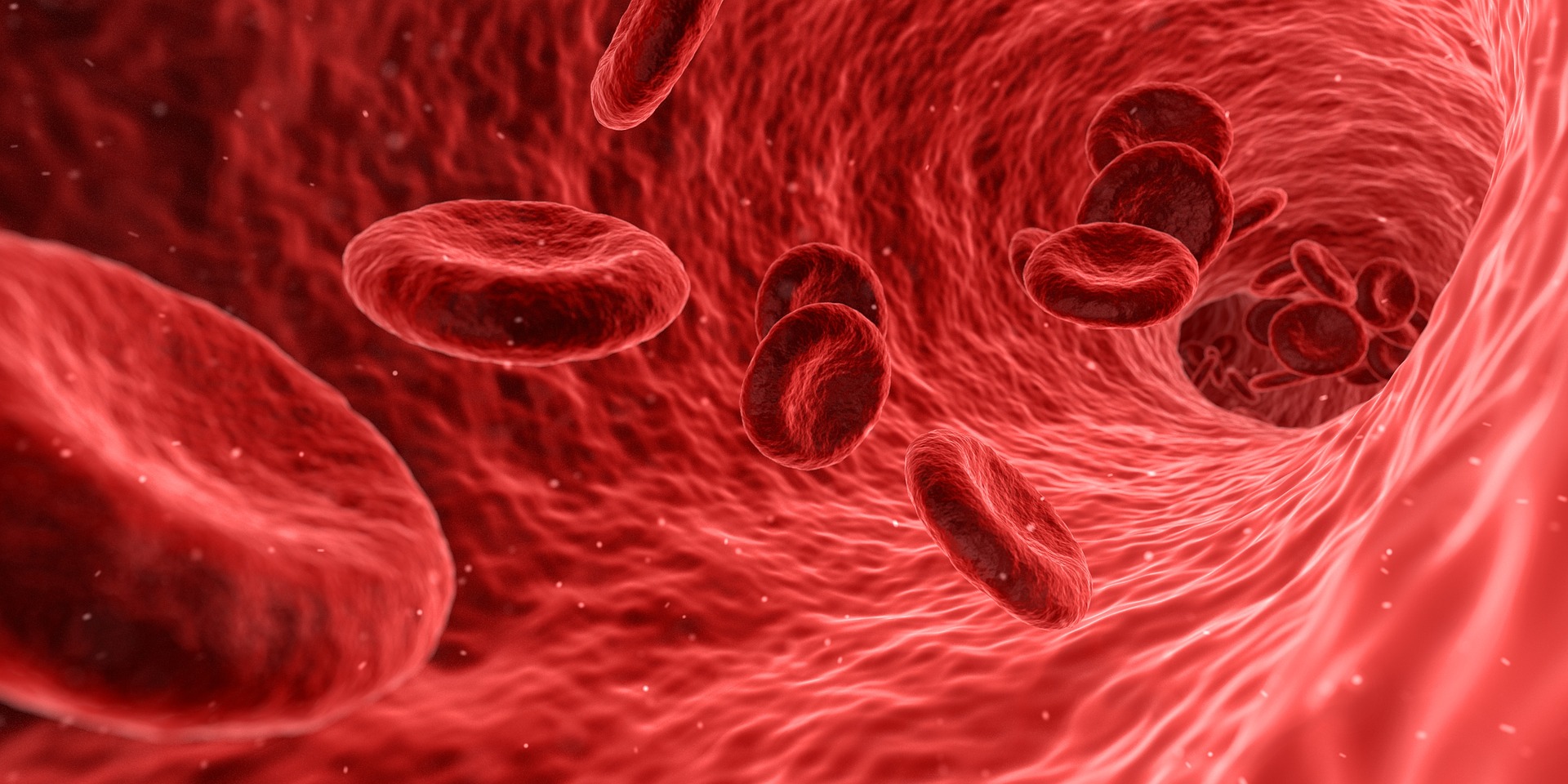 The blood, from which we can measure various vitamin factors. (image source at end of article)
The blood, from which we can measure various vitamin factors. (image source at end of article)
Vitamin D's different forms
As with many vitamins coming in different forms vitamin D is no exception, primarily occurring in two different forms: D2 and D3, with just small differences in their chemical structure.
Vitamin D2 (ergocalciferol) is the predominant form from non-animal sources, fungi (mushrooms and yeasts), lichens (a combination of fungi with algae or bacteria), and algae like chlorella.
The predominate animal based form is D3 (cholecalciferol).
The D3 form is also found non-animal sources mentioned, like mushrooms, but typically in lesser amounts [11], though higher in lichens and chlorella.
Both forms, D2 and D3, are activated along the same pathway: first to 25(OH)D in the liver and then to 1.25(OH)D, primarily in the kidneys.
Also, both forms can help rickets, but overall, D3 may be more beneficial to health. [12]
Vitamin D sources, in more depth
As noted before, vitamin D is induced or provided by three sources; its activation by sun exposure of our skin, and otherwise can primarily come in fortified foods or be provided by supplements.
Sun
The sun's UV rays (particularly the UVB rays) interact with "previtamin D" in our skin inducing its conversion to its next stage, just short of full activation, vitamin D (calciferol), that will go on to a full activation process later via the liver and then the kidneys.
Vitamin D levels have been shown to decline in people throughout the winter, though. [13]
It's worth noting, too, that excessive sun exposure can be harmful, leading to cosmetic degradation of the skin over the long term and be contributive to the development of skin cancer.
Food
When it comes to animal foods, not many contain vitamin D and of those that do the primary sources are fatty fish and their oils accordingly, beef liver, some cheeses, and eggs, the yolks in particular.
As they're animal sources, they're in the D3 form. And to some extent there can be an amount of that D3 that's already converted to the 25(OH)D form that has much greater potency, upwards of five fold.
There are naturally occurring non-animal sources of vitamin D2 and D3 as well that occur in sun exposed fungi, like mushrooms, lichens, yeast, and algae, though their consumption in adequate amounts typically would come in the form of supplements.
Given the narrower array of food stuffs with vitamin D, fortification plays a bigger role and it has been shown to lead to vitamin D improvements in blood levels. [14]
Some of these vitamin D fortified foods include milk, some orange juices, breakfast cereals, and yogurt.
It's simple to check for vitamin D fortification as the nutrition label will note it and whether it's in the D2 or D3 form.
With infant formulas, the US and Canada both require for every 100 kcal that at least 40 IU of vitamin D are provided.
It's important to bear in mind that vitamin D is fat-soluble, so thus better absorbed when accompanied by some fat with its consumption. [15]
Supplements
Both the D2 and D3 forms of vitamin D are found in supplements.
The non-animal based D2 and D3 forms are available in mushroom supplements that contain it naturally via sun exposure or manufactured by exposing them to UV radiation. Similarly for yeast, lichens, and algae.
The common D3 animal form is generally harvested from lanolin.
If at risk, or you're concerned, getting your blood tested for levels of 25(OH)D is pretty simple.
And your results should be weighed along with other factors such as your amount of sun exposure, any regular vitamin D intake, from foods, fortified or otherwise, supplement use, your age, skin tone, any medical conditions, and even where you live.
Your primary health care provider can take all of this into account to give you the most personalized corrective choices to consider.
Supplementing may be part of such a recommendation if you are on the lower end, and though higher dosing may lead to faster results, research points to not consuming more than 4,000 IU/day (100 mcg/day), unless your licensed healthcare provider advises that. [16]
One effect of too much vitamin D is that blood levels of calcium can get too high. This can lead to “calcification” which can damage blood vessels, the heart, and kidneys.
Getting too much vitamin D is mostly a risk when taking supplements; not so much from sun food intake, and does not occur with sun exposure.
In regard to vitamin D provisions for infants, if fed by formulas, vitamin D is already added, though breastfed infants are often recommended vitamin D drops. The mother’s vitamin D status if of course a factor.
Again, coordinating any supplement intake considerations with your healthcare provider is important generally, and for the additional factor that there can be medication interactions with vitamin D.
 Mushrooms are good non-animal sources of D3 along with D2. (image source at end of article)
Mushrooms are good non-animal sources of D3 along with D2. (image source at end of article)
Summation and Final Thoughts
We get vitamin D most directly from sun exposure and it otherwise occurs, with the aim or providing adequacy, in fortified foods, and supplements. It is of elevated concern as it’s viewed a being a very common deficiency.
In view of a plant-based diet, if you’re not producing enough from your usual sunlight exposure, perhaps a bit more within guidelines is sufficient. Otherwise, if your primary care provided recommends it, there are non-animal based sources for supplementation, and fortified foods.
A simple blood test will determine your vitamin D levels, and it's become a fairly routine test.
In considering testing of your vitamin D levels it's important to keep in mind the time of year you're testing in. In the late spring on through early summer, sun intensity will be at its peak, decreasing from there going into late fall and early winter.
Thus, for example, in a situation where the amount of sun exposure time you got was fairly equal throughout the year, you’d get greater vitamin D activity and amounts during the sun’s period of greatest intensity.
Click here to see my companion article, Vitamin D – And Your Health, for more on its relationship to various health systems and conditions.
Article References:
1. Glade, M.J. (2013). Vitamin D: health panacea or false prophet? Nutrition. 29(1):37-41. doi: 10.1016/j.nut.2012.05.010.
https://www.ncbi.nlm.nih.gov/pubmed/23085014/
2. Health Canada. (2012). Do Canadian Adults Meet Their Nutrient Requirements Through Food Intake Alone? Cat. No.: H164-112/3-2012E-PDF ISBN: 978-1-100-20026-2
https://www.canada.ca/en/health-canada/services/food-nutrition/food-nutrition-surveillance/health-nutrition-surveys/canadian-community-health-survey-cchs/canadian-adults-meet-their-nutrient-requirements-through-food-intake-alone-health-canada-2012.html#a331
3. Fulgoni, V. L., Keast, D. R., Bailey, R. L., & Dwyer, J. (2011). Foods, Fortificants, and Supplements: Where Do Americans Get Their Nutrients? The Journal of Nutrition, 141(10), 1847–1854. http://doi.org/10.3945/jn.111.142257
https://www.ncbi.nlm.nih.gov/pmc/articles/PMC3174857/
4. Gittoes, N.J. (2015). Vitamin D--what is normal according to latest research and how should we deal with it? Clin Med (Lond). 15 Suppl 6:s54-7. doi: 10.7861/clinmedicine.15-6-s54.
http://www.clinmed.rcpjournal.org/content/15/Suppl_6/s54.long
5. Haq, A., Svobodová, J., Imran, S. Stanford, C. & Razzaque, M.S. (2016). Vitamin D deficiency: A single centre analysis of patients from 136 countries. The Journal of Steroid Biochemistry and Molecular Biology. 164, 209-213. https://doi.org/10.1016/j.jsbmb.2016.02.007
https://www.sciencedirect.com/science/article/pii/S096007601630022X
6. Farrokhyar F, Tabasinejad R, Dao D, Peterson D, Ayeni OR, Hadioonzadeh R, Bhandari M. Prevalence of vitamin D inadequacy in athletes: a systematic-review and meta-analysis. Sports Med. 2015 Mar;45(3):365-78. doi: 10.1007/s40279-014-0267-6.
https://www.ncbi.nlm.nih.gov/pubmed/25277808
7. Ticinesi, A., Meschi, T., Lauretani, F., Felis, G., Franchi, F., Pedrolli, C., Barichella, M., Benati, G., Di Nuzzo, S., Ceda, G.P. & Maggio, M. (2016). Nutrition and Inflammation in Older Individuals: Focus on Vitamin D, n-3 Polyunsaturated Fatty Acids and Whey Proteins.
Nutrients, 8(4), 186; doi: 10.3390/nu8040186
http://www.mdpi.com/2072-6643/8/4/186/htm
8. Kramer, C.K., Ye, C., Swaminathan, B., Hanley, A.J., Connelly, P.W., Sermer, M., Zinman, B. & Retnakaran, R. (2016). The persistence of maternal vitamin D deficiency and insufficiency during pregnancy and lactation irrespective of season and supplementation. Clin Endocrinol (Oxf). 84(5):680-6. doi: 10.1111/cen.12989.
https://www.ncbi.nlm.nih.gov/pubmed/26641010
9. Shang, M., & Sun, J. (2017). Vitamin D/VDR, probiotics, and gastrointestinal diseases. Current Medicinal Chemistry, 24(9), 876–887. http://doi.org/10.2174/0929867323666161202150008
https://www.ncbi.nlm.nih.gov/pmc/articles/PMC5457364/
10. Vieth R1. Vitamin D supplementation, 25-hydroxyvitamin D concentrations, and safety. Am J Clin Nutr. 1999 May;69(5):842-56.
https://www.ncbi.nlm.nih.gov/pubmed/10232622
11. Glenn Cardwell,1 Janet F. Bornman,2,3 Anthony P. James,1 and Lucinda J. Black1. A Review of Mushrooms as a Potential Source of Dietary Vitamin D. Nutrients. 2018 Oct; 10(10): 1498. Published online 2018 Oct 13. doi: 10.3390/nu10101498 PMCID: PMC6213178 PMID: 30322118
https://www.ncbi.nlm.nih.gov/pmc/articles/PMC6213178/
12. Bjelakovic G, Gluud L, Nikolova D, Whitfield K, Wetterslev J, Simonetti RG, Bjelakovic M, Gluud C. Vitamin D supplementation for prevention of mortality in adults. Cochrane.org.
https://www.cochrane.org/CD007470/ENDOC_vitamin-d-supplementation-for-prevention-of-mortality-in-adults
13. Schoenmakers, I., Gousias, P. Jones, K.S. & Prentice, A. (2016). Prediction of winter vitamin D status and requirements in the UK population based on 25(OH) vitamin D half-life and dietary intake data. The Journal of Steroid Biochemistry and Molecular Biology. 164, 218-222.
https://doi.org/10.1016/j.jsbmb.2016.03.015
https://www.sciencedirect.com/science/article/pii/S0960076016300619
14. Whiting, S. J., Kohrt, W. M., Warren, M. P., Kraenzlin, M. I., & Bonjour, J.-P. (2016). Food fortification for bone health in adulthood: a scoping review. European Journal of Clinical Nutrition, 70(10), 1099–1105. http://doi.org/10.1038/ejcn.2016.42
https://www.ncbi.nlm.nih.gov/pmc/articles/PMC5056988/
15. National Institutes of Health, Office of Dietary Supplements, Vitamin D. Accessed Jan 29, 2018.
https://ods.od.nih.gov/factsheets/VitaminD-HealthProfessional/
16. Examine.com, Vitamin D. Accessed Feb 2, 2018.
https://examine.com/supplements/Vitamin+D/
Images:
1. The sun induces the creation of Vitamin D in our bodies. Image by Jill Wellington from Pixabay (CCO license)
2. The blood, from which we can measure various vitamin factors. Image by Arek Socha from Pixabay (CCO license)
3. Mushrooms are good non-animal sources of D3 along with D2. Image by stux from Pixabay (CCO license)
